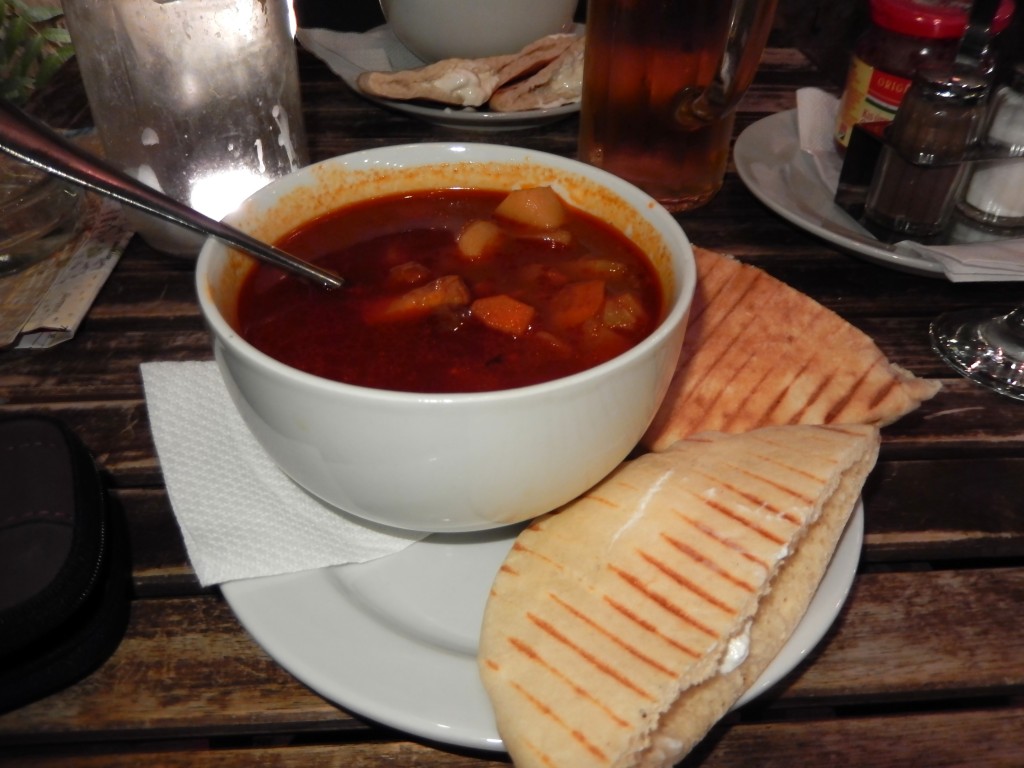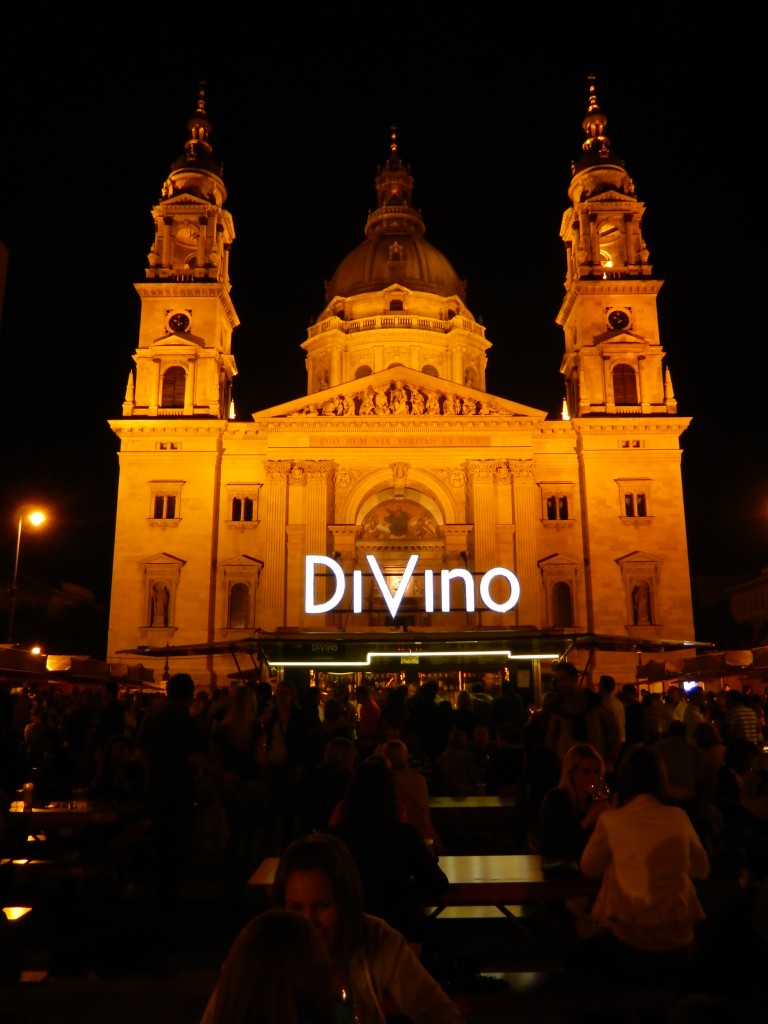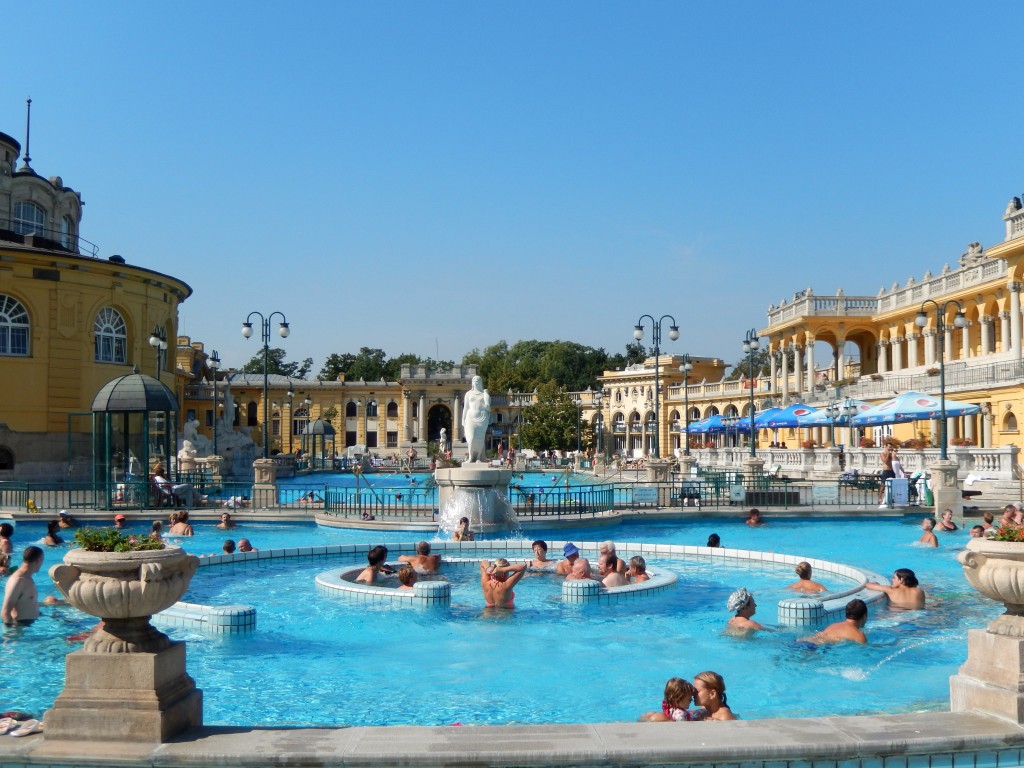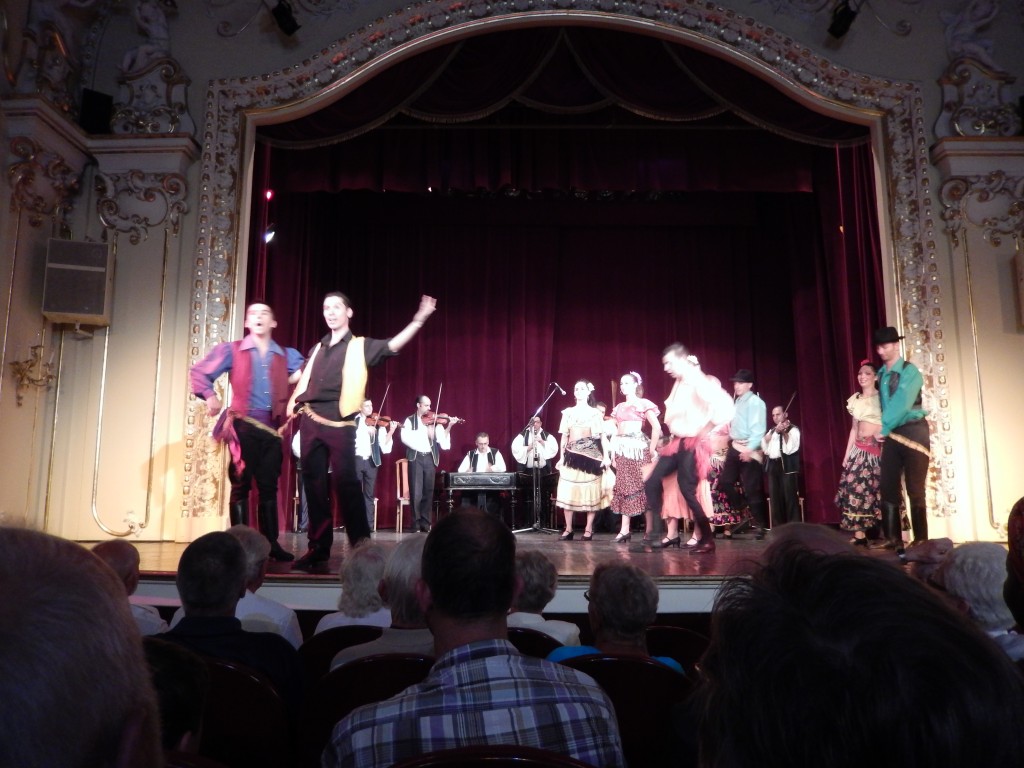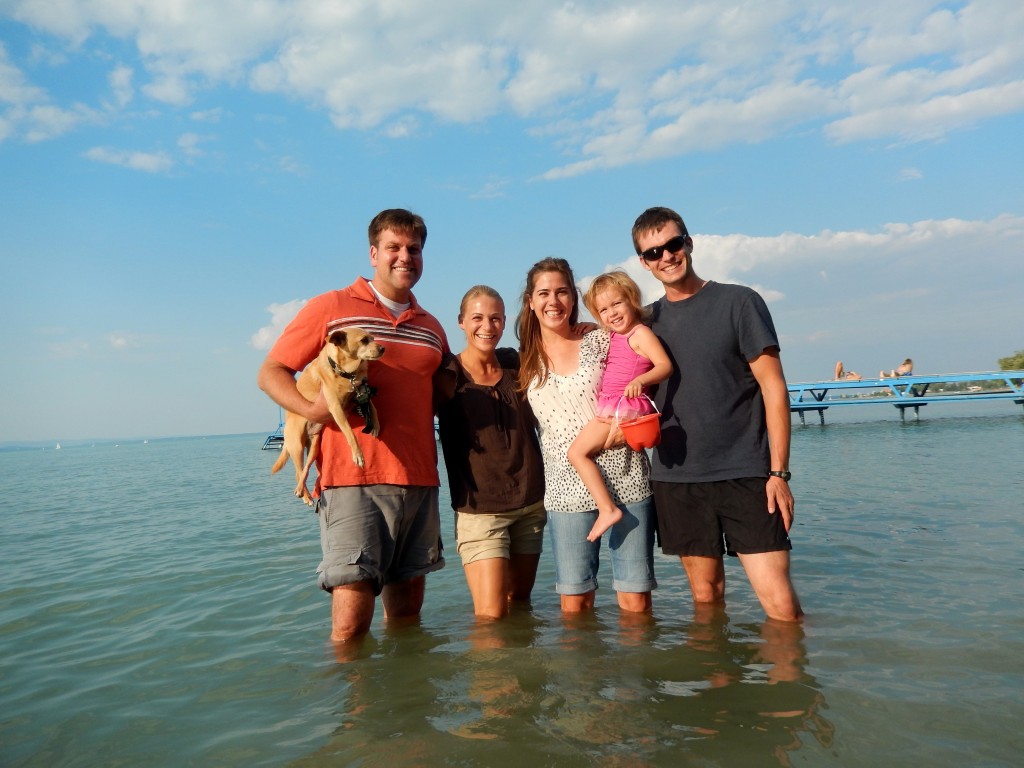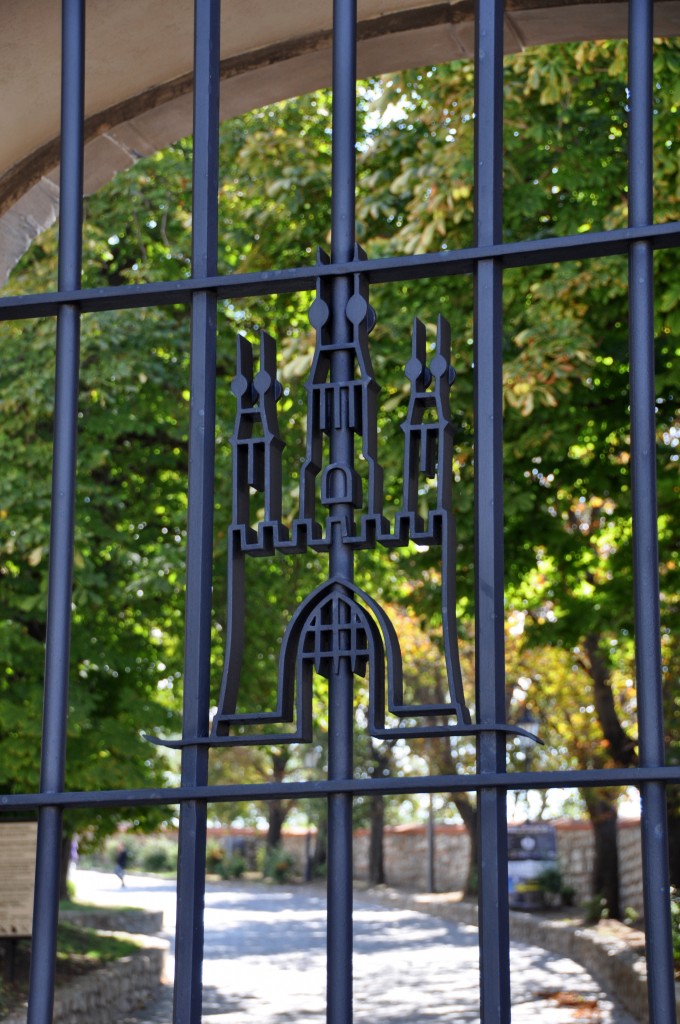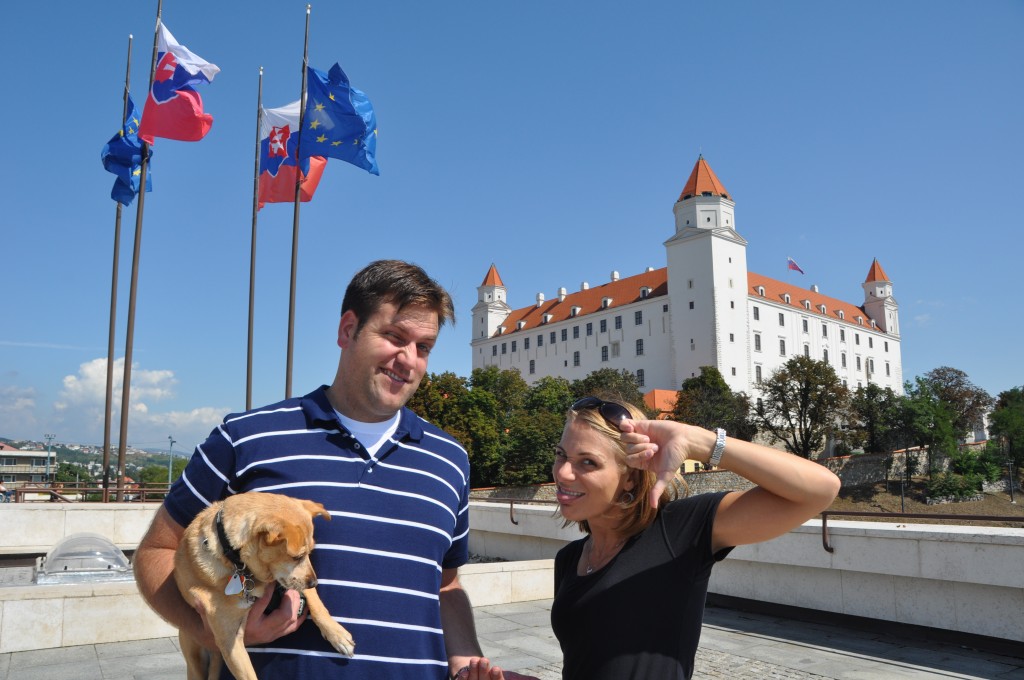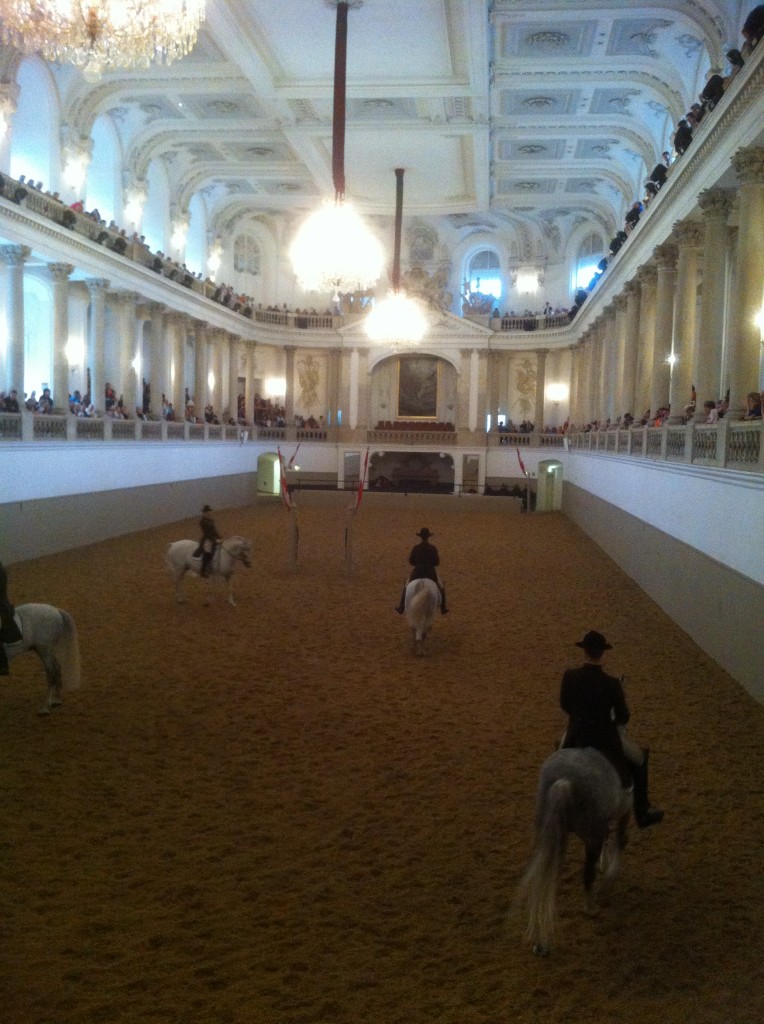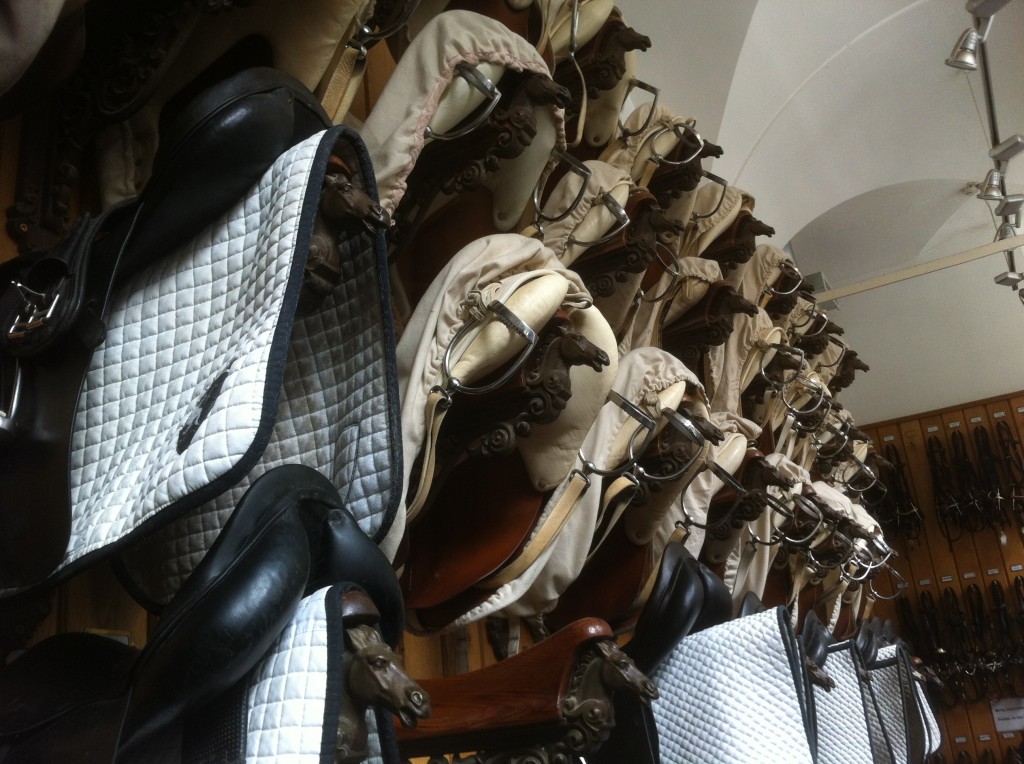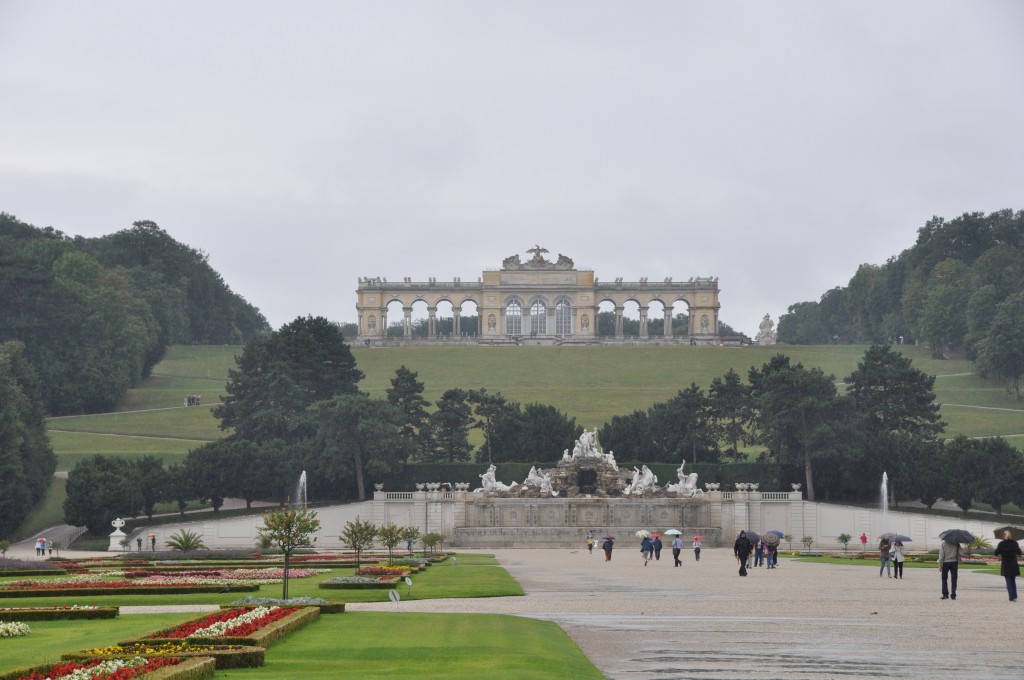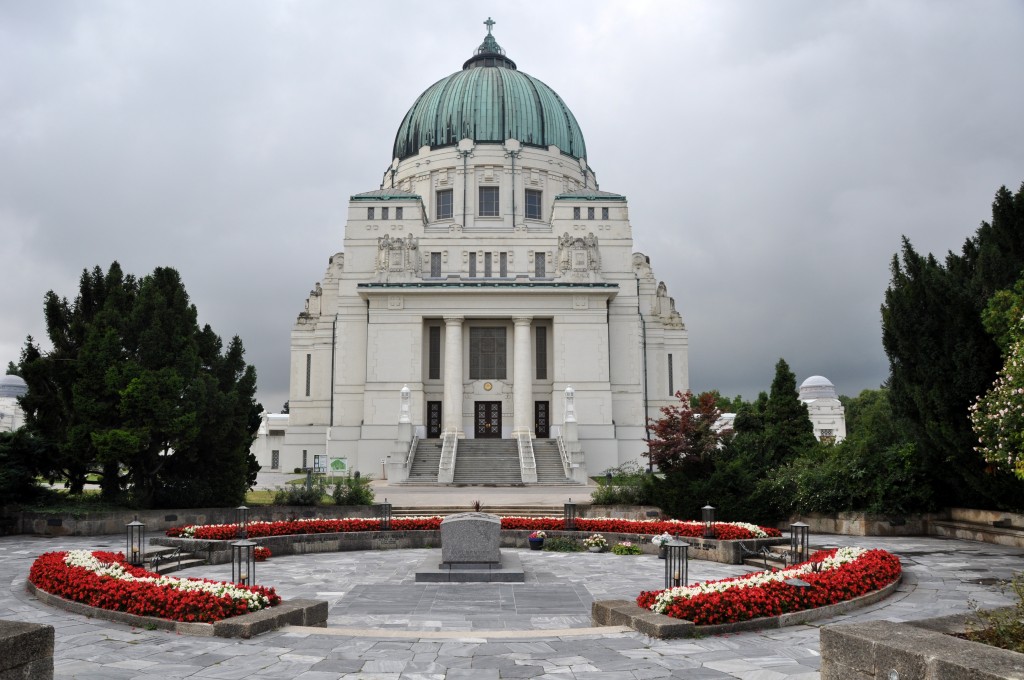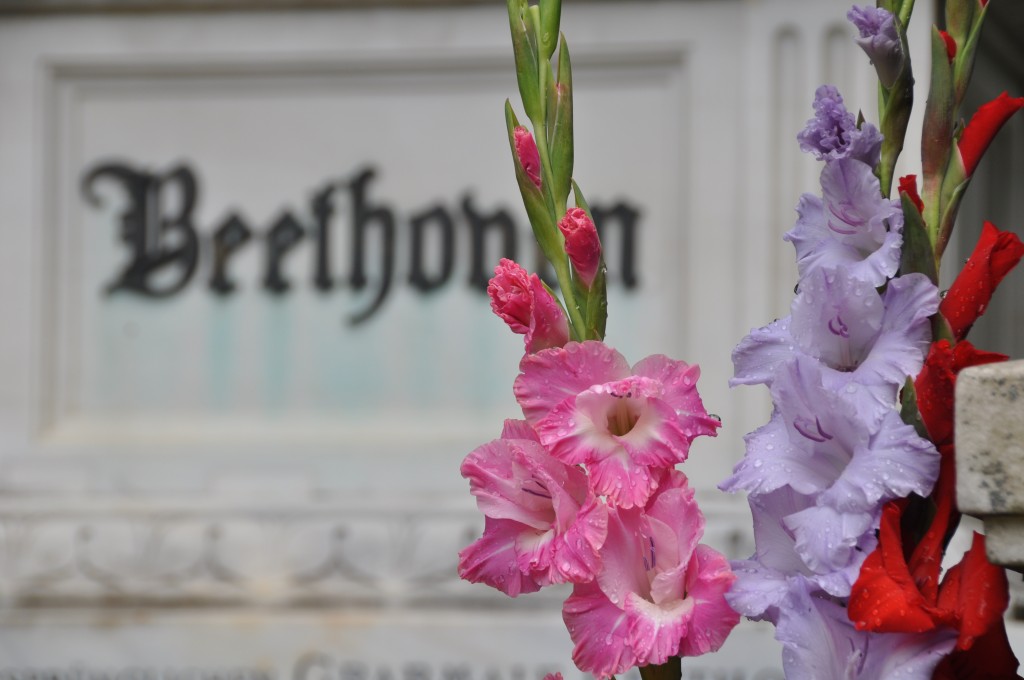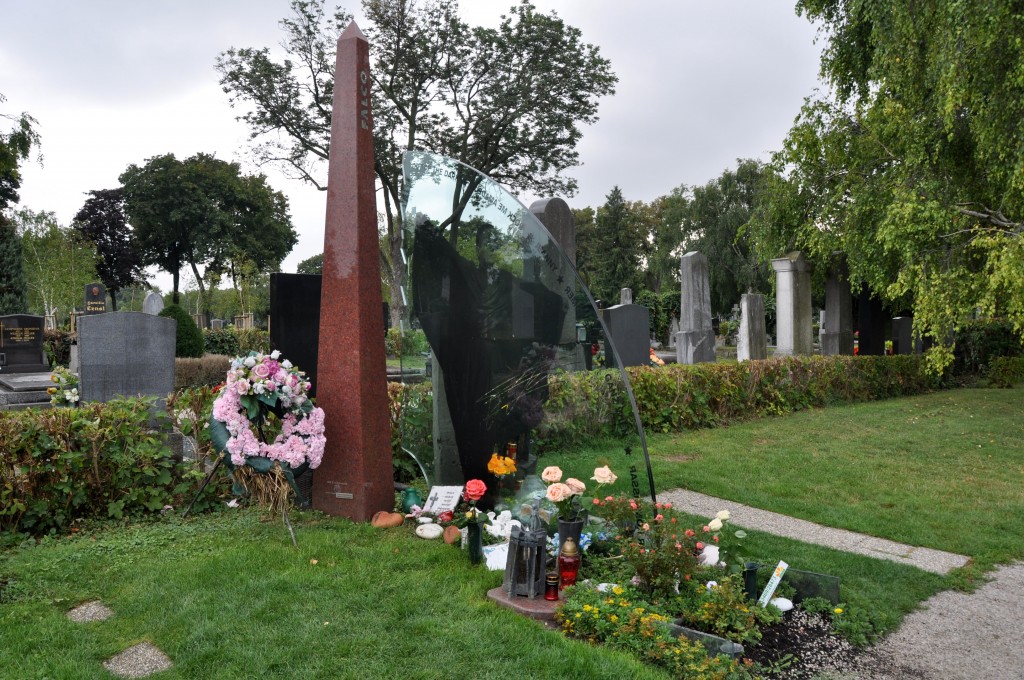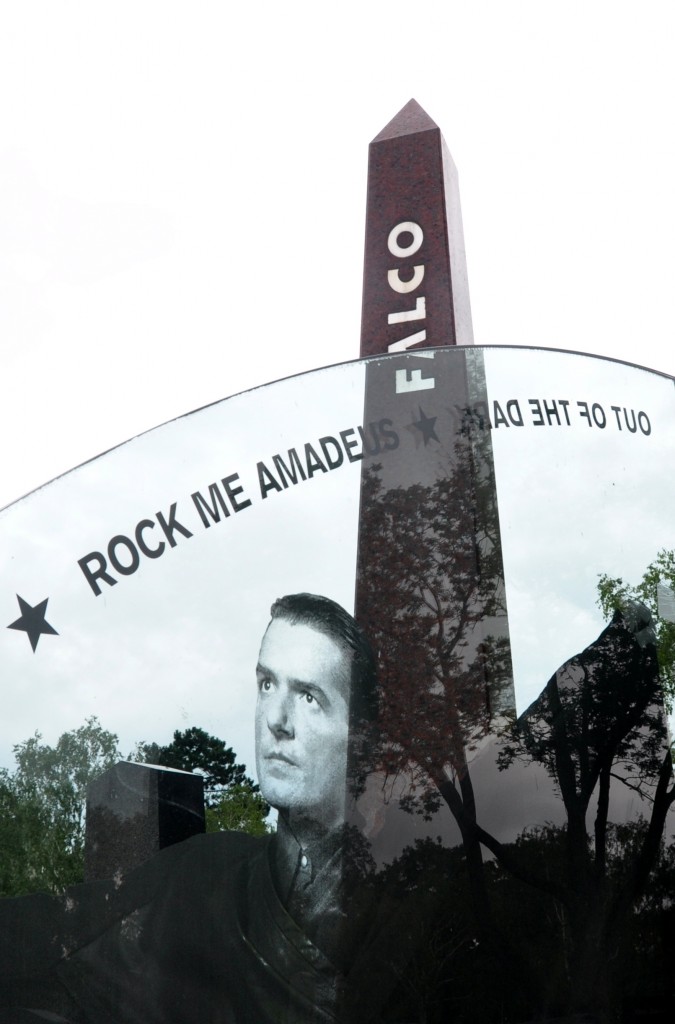I’ve never considered myself a “foodie”. However, when my “Must-Do” list for Budapest had more food-stops than anything else, it was probably a sign that I should think about re-defining myself.
Before the grub, came the ATM. Joe walked into our apartment and laid over 100,000 HuF (Hungarian Forints) on the table! It really wasn’t that much money, but I have never had 100,000 of anything in my wallet, so it was pretty exciting. It’s the little things in life…
We tried to get Liv to roll around in the Forints on the bed, but she didn’t really find it as hilarious as we did.
Armed with cash, we hit the streets…hungry and ready to eat! We learned about Hungarian Langos during our first Christmas in Europe and were pumped to actually get some from the source. We got a recommendation from a local and headed to a street vendor outside a random Metro stop. The Hungarian lady there threw the dough balls into the boiling vat of oil with such grace, then lovingly coated the fried frisbees with garlic sauce, and finally topped them with three meticulously-placed layers of meat, vegetables, and cheese. She was really into it, and they were amazing! Totally healthy…zero fat…I swear.
 Don’t forget the goulash – which is more of a soup than a stew in Hungary. Also a Christmastime favorite in Germany, but definitely not served with cream-filled pitas, as we saw in Budapest. Totally healthy as well…zero fat…just trust me.
Don’t forget the goulash – which is more of a soup than a stew in Hungary. Also a Christmastime favorite in Germany, but definitely not served with cream-filled pitas, as we saw in Budapest. Totally healthy as well…zero fat…just trust me.
To top off our amazing street-food experiences (which also included juicy truck-burgers, fantastic pizza-by-the-slice, elusive tacos, and an IPA score by Joe), we happened upon a wine fest in front of St. Stephen’s Cathedral. Amazing cheese and local wine with an awesome view on a great summer night? Umm…yes please! Can you say, I love this town?
Our Hungarian tour guide said that the best way to deal with a wine fest hangover was to go to the baths. We enjoyed another beautiful day in Budapest at Széchenyi, the largest thermal bath in Europe.
A hike up to Castle Hill really gave us a great view of the city and all of its beautiful landmarks laid out along the Danube. Pest, the flat eastern side of the city contains the Parliament building and St. Stephen’s Cathedral. Buda, the hilly west side is home to the Buda Castle, Matthias Church and the Fisherman’s Bastion. They are linked by the beautiful Chain Bridge and were united to form Budapest in 1873.
Also along the bank of the river is the “Shoes on the Danube” memorial, 60 pairs of iron shoes commemorating the Jewish Hungarian victims of WWII. Between 1944 and 1945, thousands of individuals met a terrible fate at this same location. They were forced to strip naked, face the river, and then were shot in the back at close range by a firing squad. Plaques along the memorial are written in Hungarian, English, and Hebrew.
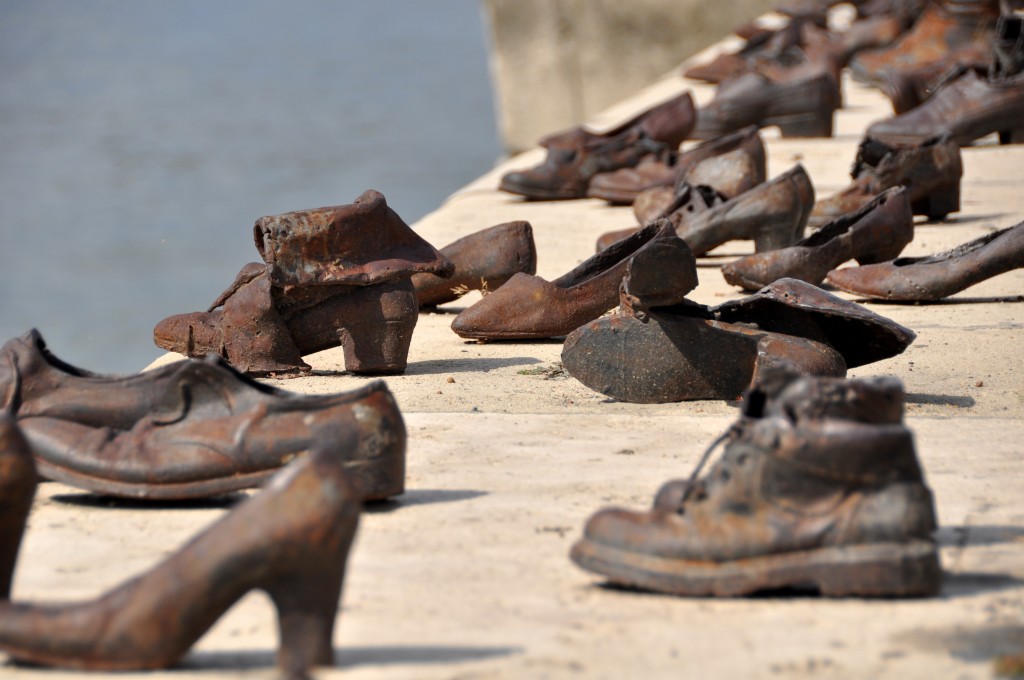 It was soon time for a little more uplifting piece of culture. Honestly, I was expecting to fall asleep and regret this decision, but our evening with the Hungarian Folk Ensemble was so much fun! The ten musicians were really amazing, even playing in complete darkness at one point. There was a dance-off, ladies spinning around with bottles on their heads, hootin’, hollerin’, and plenty of boot-slapping to go around. We were clapping and cracking up the entire time. Pictures were not allowed, but I snapped this one really quickly at the end.
It was soon time for a little more uplifting piece of culture. Honestly, I was expecting to fall asleep and regret this decision, but our evening with the Hungarian Folk Ensemble was so much fun! The ten musicians were really amazing, even playing in complete darkness at one point. There was a dance-off, ladies spinning around with bottles on their heads, hootin’, hollerin’, and plenty of boot-slapping to go around. We were clapping and cracking up the entire time. Pictures were not allowed, but I snapped this one really quickly at the end.
Shortly before leaving for Hungary, we found out that our friends from Bulgaria were going to be about an hour away in Siófok. We couldn’t pass up the opportunity to meet up with Olmsted pals and check out Lake Balaton. Siófok is Hungary’s spring break destination, called “the Ibiza of Hungary” by the tourism board, renamed “Panama City” by our friends! If I said I didn’t see topless jump roping and pants-less foam dancing, I would be lying. Ahhh…good people, good times, crazy memories!
We had such a great time in Hungary. Never hungry and never bored in Budapest…always shocked and always laughing in Siófok.


